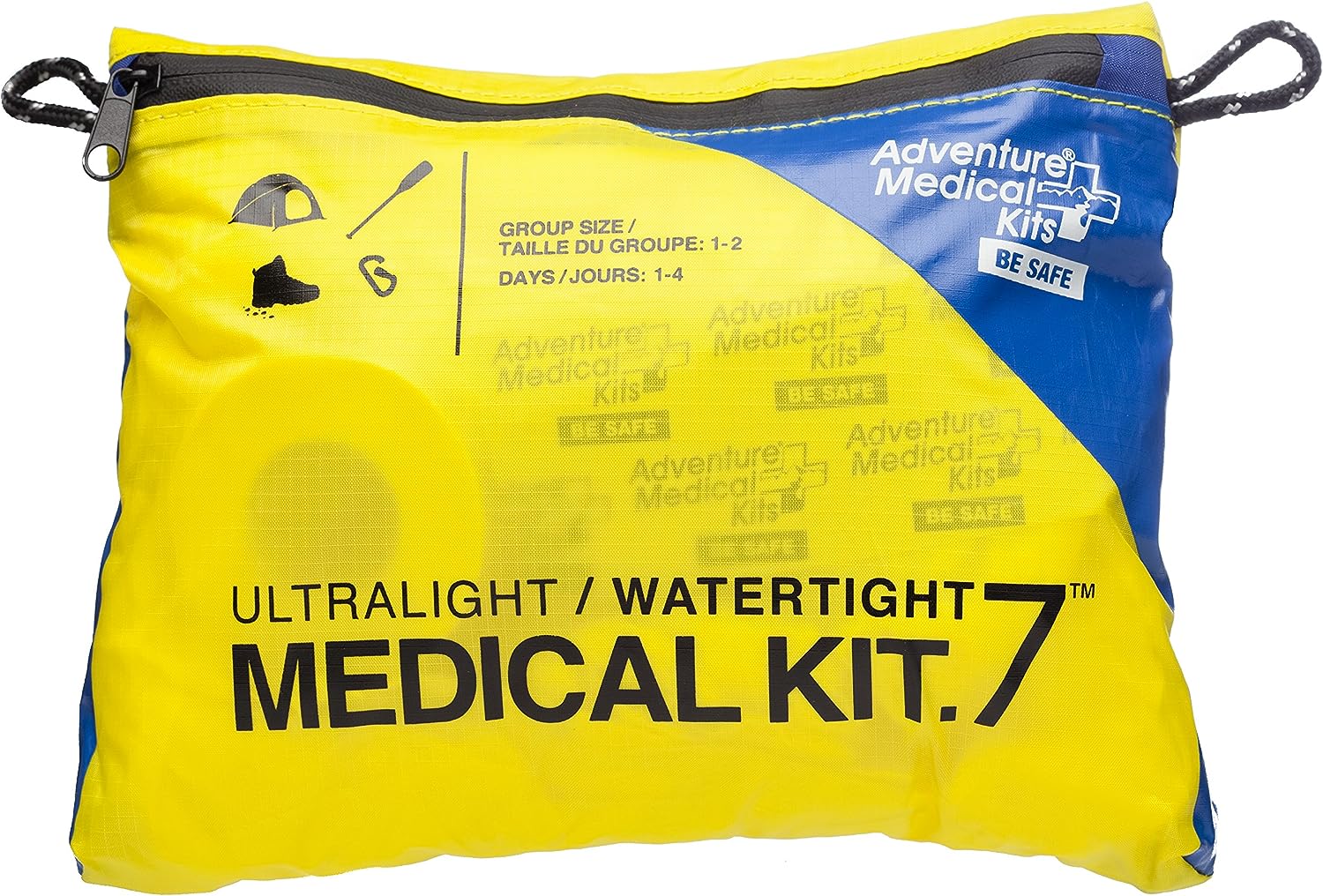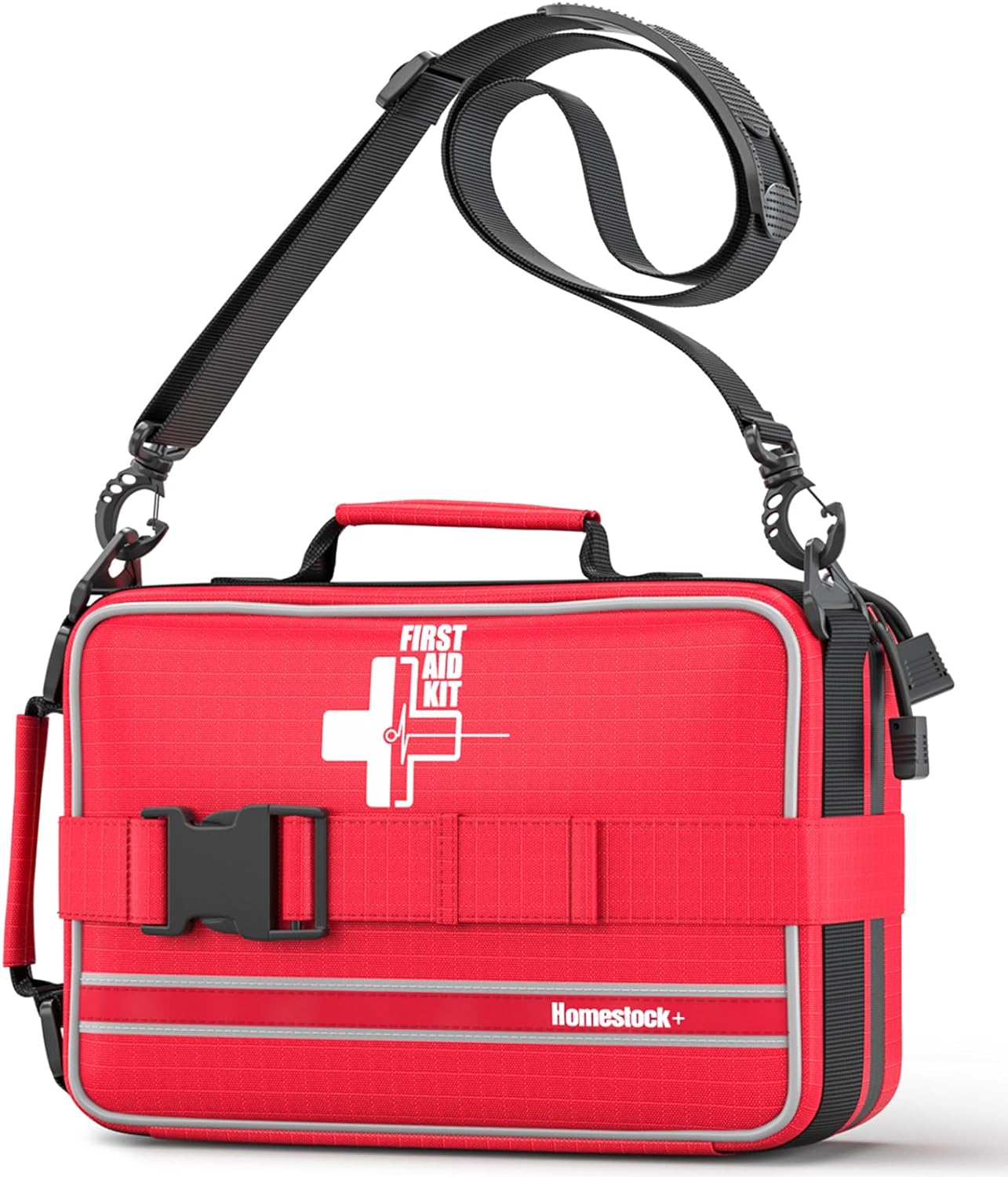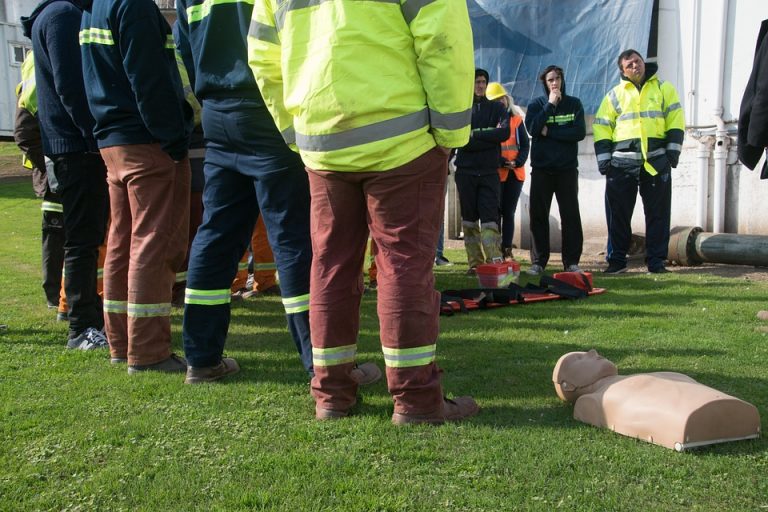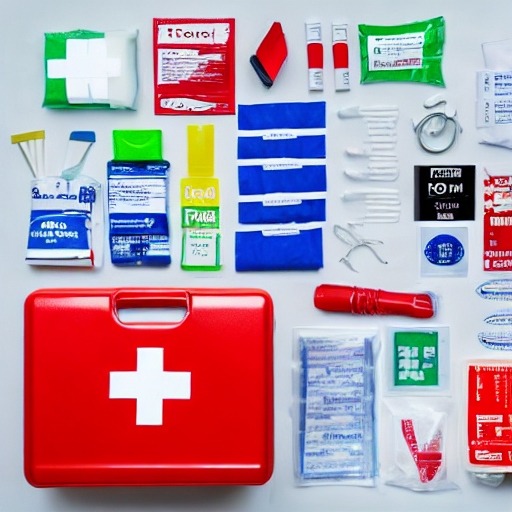Emergencies and accidents can happen at any time, and being prepared is essential to ensure the safety and well-being of your family. One crucial aspect of emergency preparedness is having a well-stocked family first aid kit readily available. This article will guide you through the process to create a family first aid kit to handle a wide range of common injuries and medical emergencies. See our tips for building a first aid kit on a budget.
Why You Need a Family First Aid Kit

A family first aid kit is a vital tool that can provide immediate care until professional medical help arrives. It’s essential for dealing with injuries, illnesses, and emergencies that can occur at home, during outdoor activities, or while traveling. By having a well-prepared first aid kit, you can minimize the impact of injuries and potentially save lives.
Building Your Family First Aid Kit
- Choose the Right Container: Start by selecting a sturdy and waterproof container to store your first aid supplies. Options include plastic storage bins, backpacks, or dedicated first aid kits available in stores. Make sure it’s easily accessible and clearly labeled.
- Essential Supplies: Gather the following essential supplies for your family first aid kit
- a. Adhesive bandages in various sizes
- b. Sterile gauze pads and adhesive tape
- c. Antiseptic wipes or solution
- d. Tweezers and scissors
- e. Disposable gloves
- f. Thermometer
- g. Pain relievers, such as acetaminophen and ibuprofen
- h. Antihistamines for allergic reactions
- i. CPR face shield or mask
- j. First aid manual or instructions
- Medications: Include any prescription medications that family members may need, along with clear instructions for dosage. Check expiration dates regularly and replace as needed.
- Personalize It: Customize your kit to meet the specific needs of your family. Consider including items like:
- a. Epinephrine auto-injectors for severe allergic reactions (if necessary)
- b. Inhalers for asthma
- c. EpiPen (for severe allergic reactions)
- d. Any special medical supplies or equipment for family members with chronic conditions
- Additional Supplies: Depending on your family’s lifestyle and activities, remember to add the following:
- a. Burn cream or gel
- b. Instant cold packs
- c. Elastic bandages (for sprains)
- d. Sterile eye wash or saline solution
- e. Water purification tablets or a portable water filter
- f. Emergency contact numbers and medical history
- First Aid Tools: Consider adding some tools that can be helpful in emergency situations:
- a. Flashlight with extra batteries
- b. Multi-tool or Swiss Army knife
- c. Duct tape
- d. Whistle
- e. Notepad and pen
- Check and Update Regularly: Periodically inspect your first aid kit to ensure that all supplies are in good condition and within their expiration dates. Replace any used or expired items promptly.
For first aid on the go, this is a great kit to add to your backpack or purse. It strikes a pretty good balance between capability and portability.

For your home or office, you’ll probably want a more comprehensive kit. A kit like this makes a great base system. As with any kit, you may need to add additional items to meet your family’s needs.

Conclusion
A well-prepared family first aid kit is an essential component of your emergency preparedness plan. By assembling a comprehensive kit tailored to your family’s specific needs and regularly maintaining it, you can be better equipped to handle medical emergencies and provide immediate care. User our handy checklist to create a family first aid kit. Remember to educate all family members on the kit’s contents and how to use them, ensuring everyone is ready to respond effectively in times of crisis.



